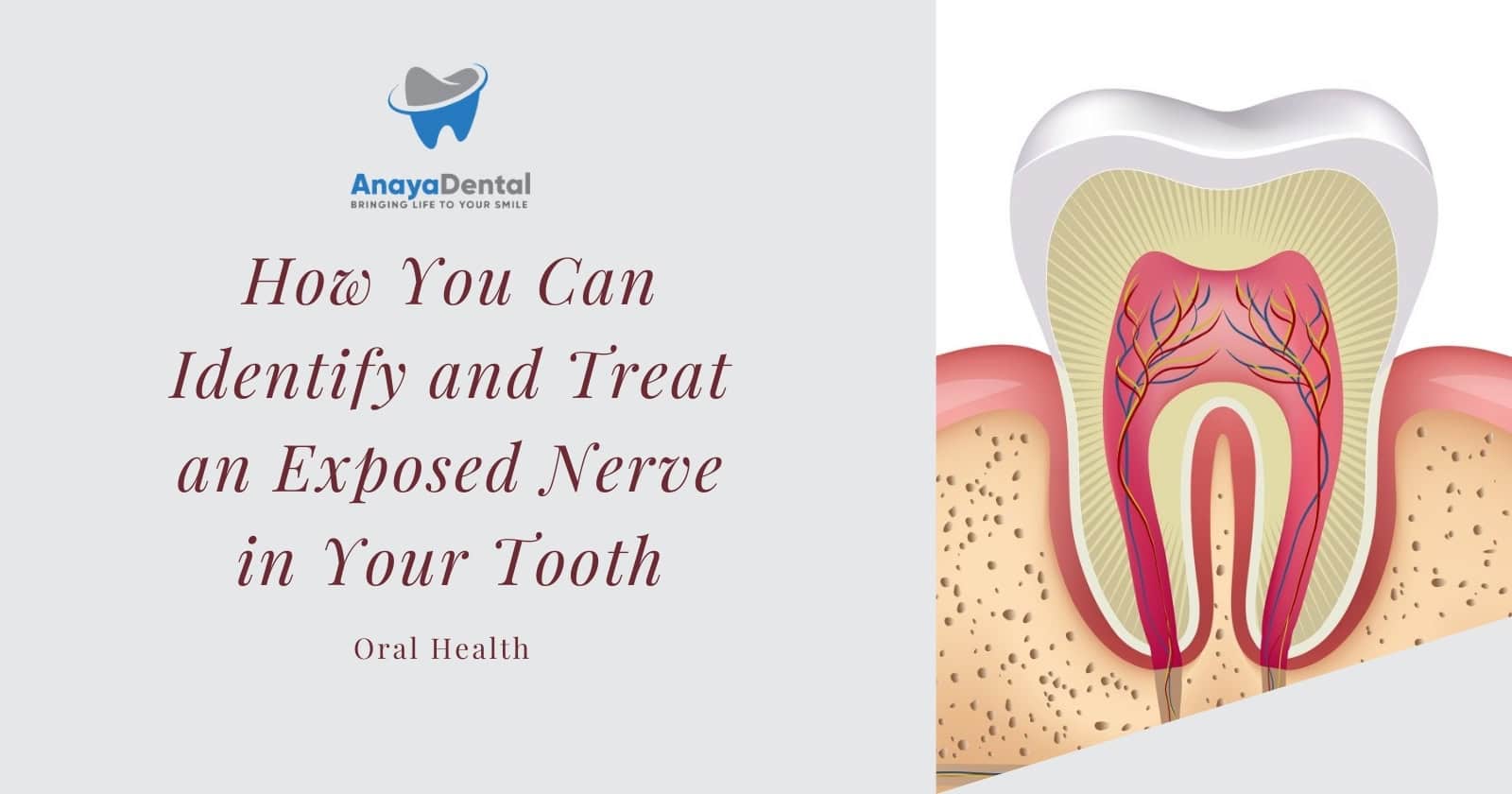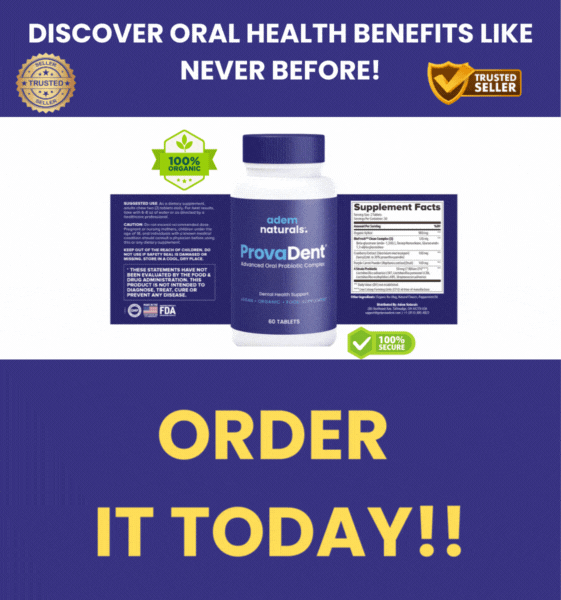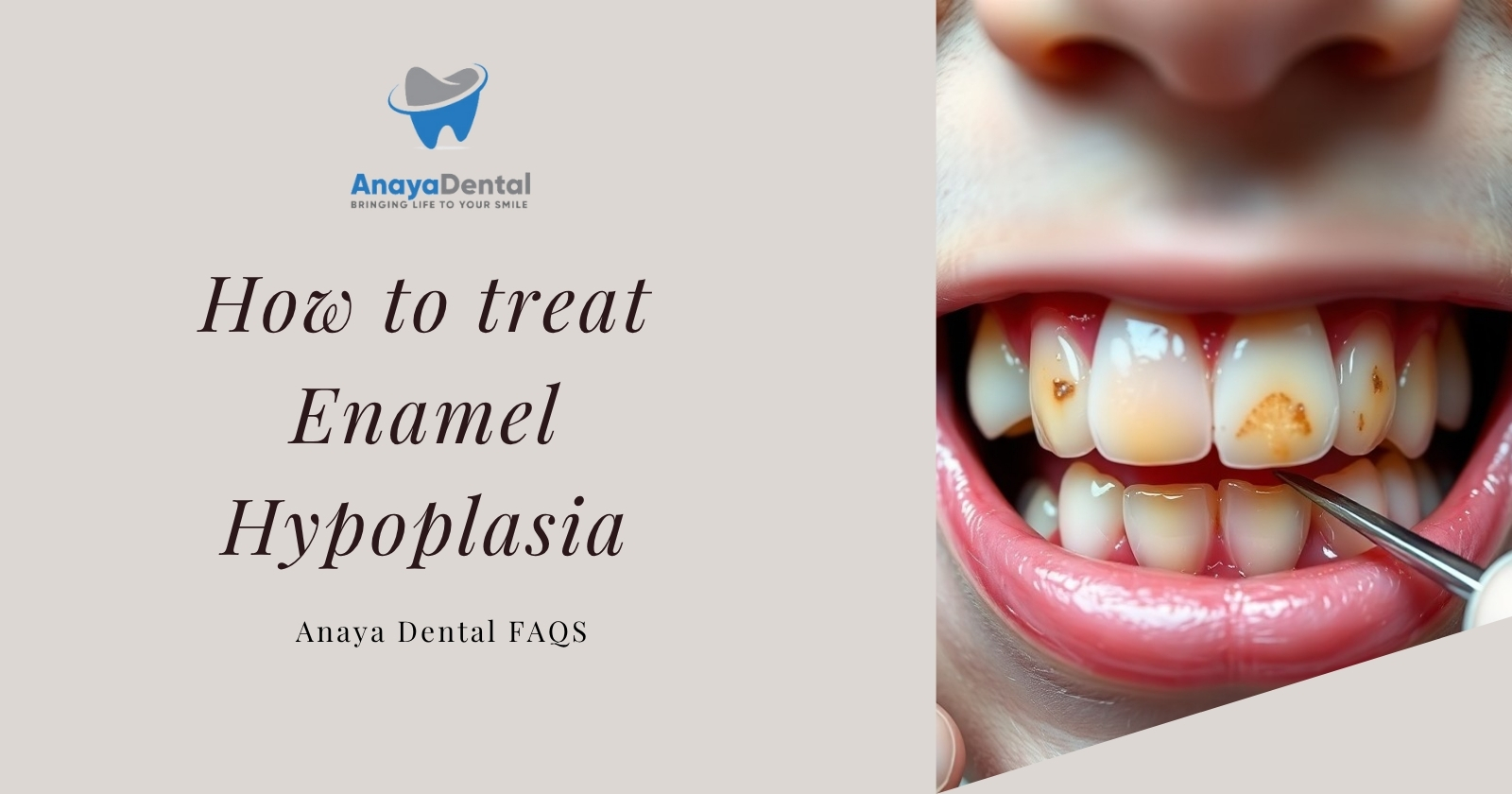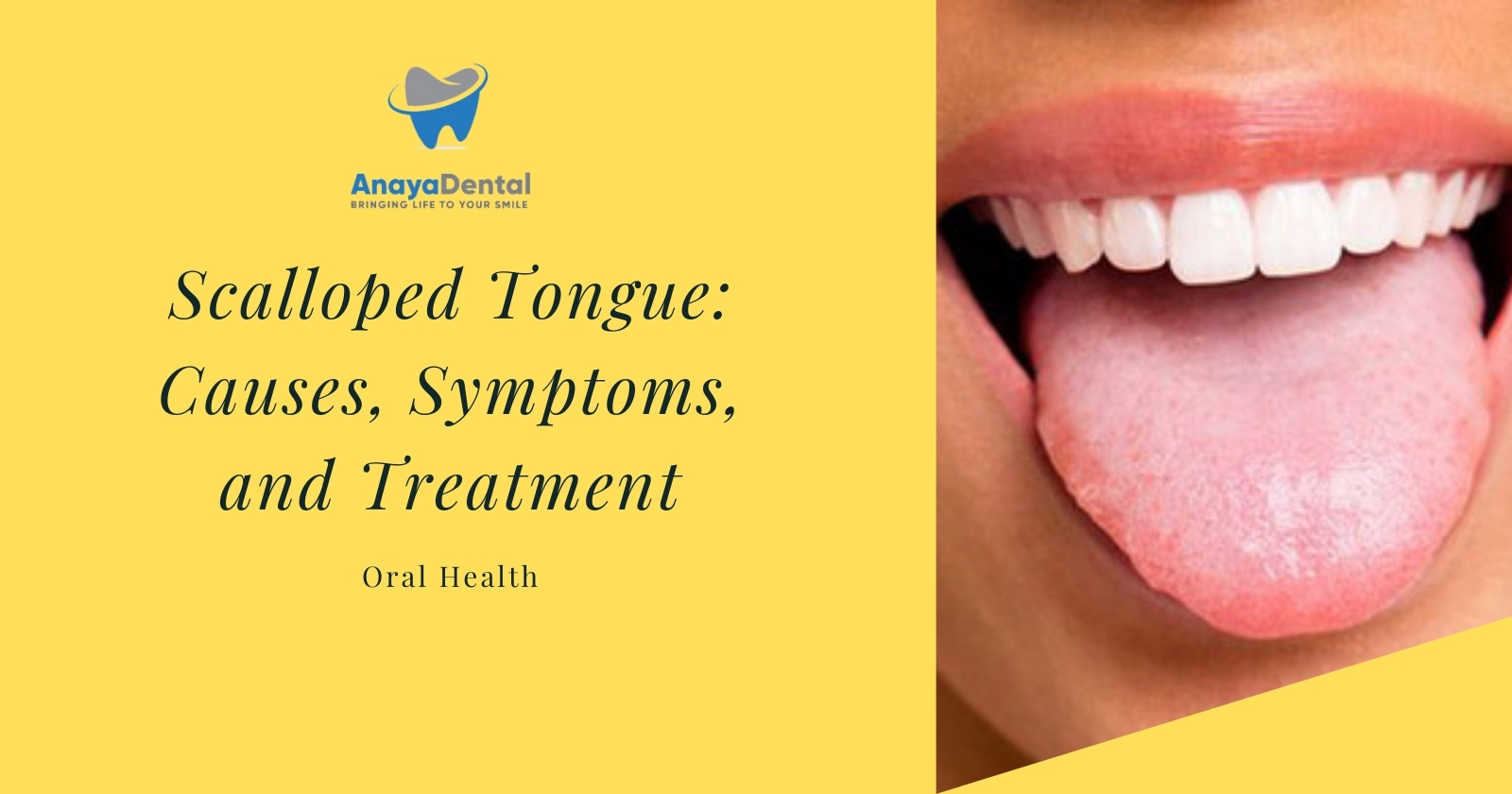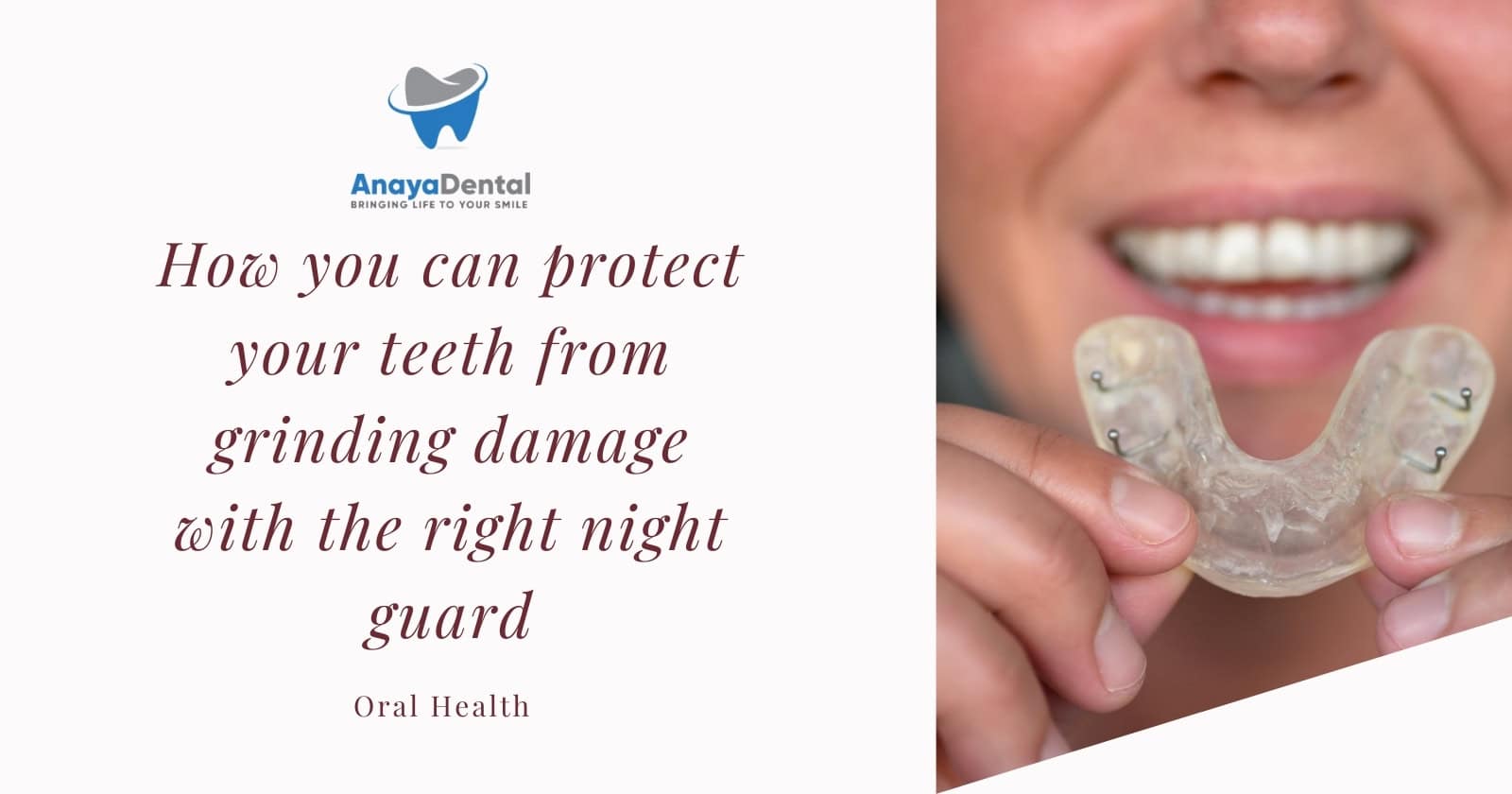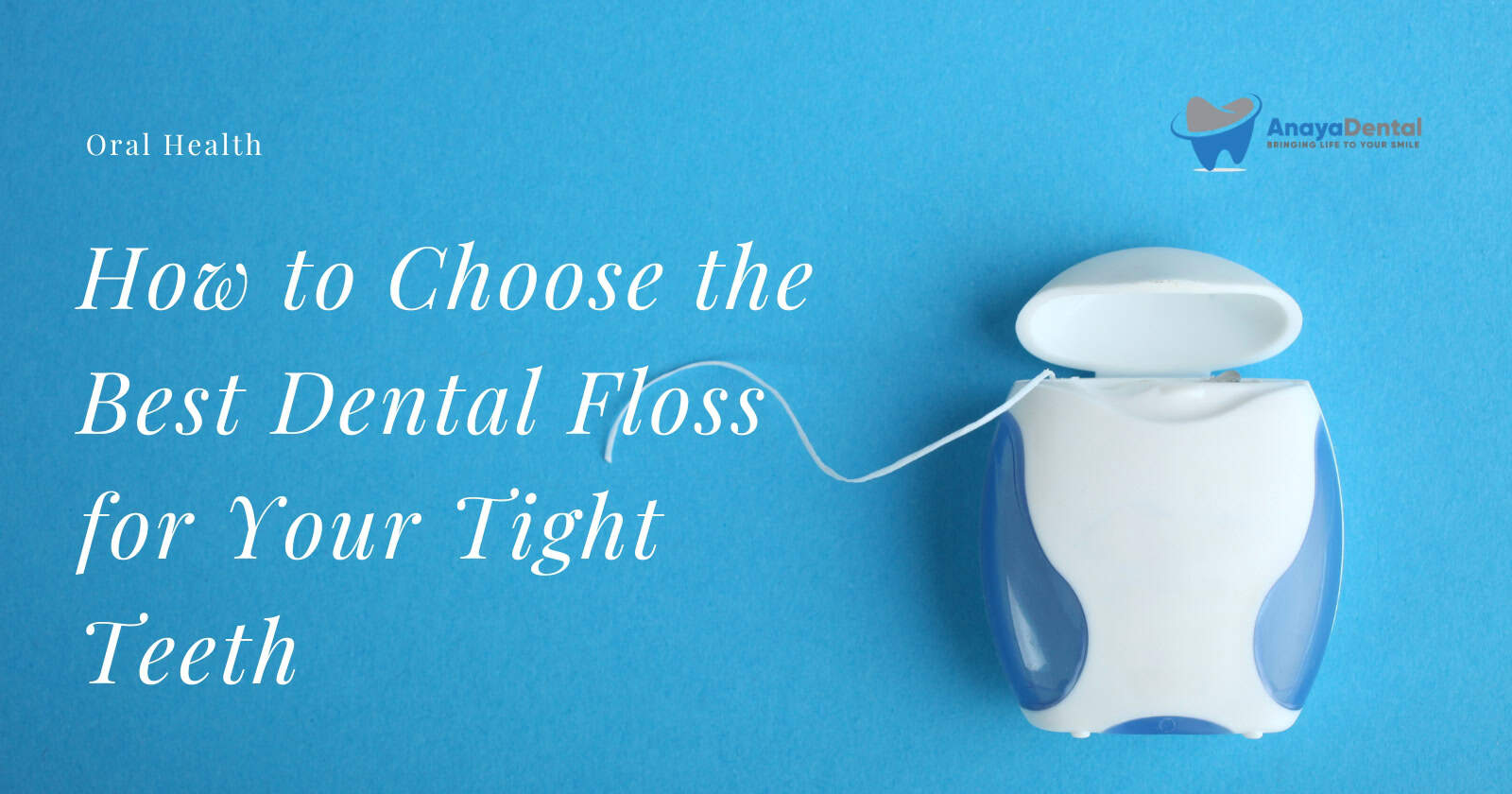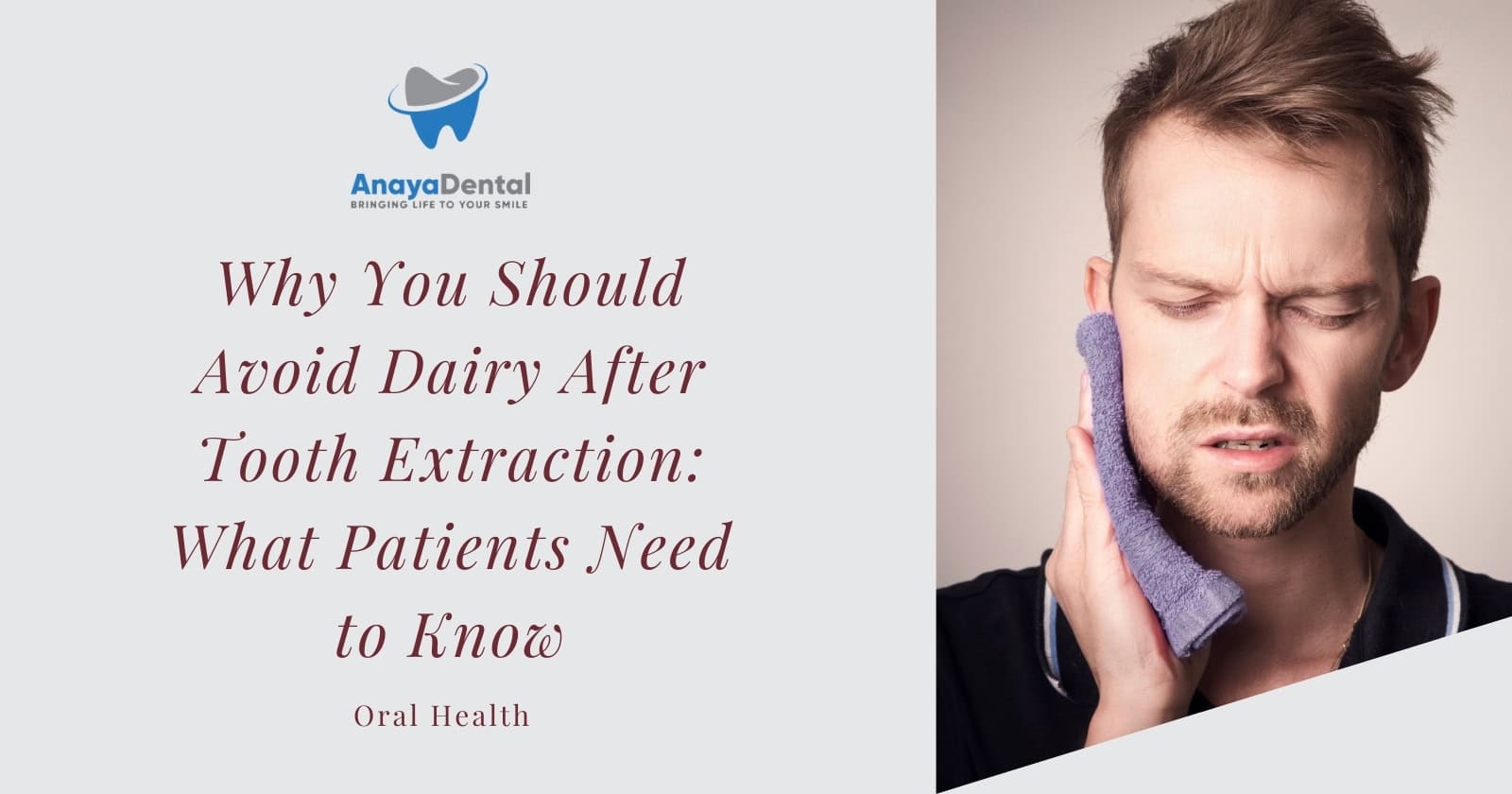When it comes to dental pain, few experiences compare to the sharp, sudden agony of an exposed tooth nerve. This condition occurs when the innermost part of your tooth becomes exposed to external elements, triggering intense discomfort that can significantly impact your daily life. Nearly 35% of adults experience some form of tooth sensitivity in their lifetime, with exposed nerves representing one of the most severe forms of this condition.
This article will help you understand the causes and symptoms of exposed tooth nerves, explore your treatment options (including their costs), and provide strategies to prevent this painful dental emergency from occurring in the first place.
What Happens When a Tooth Nerve Becomes Exposed?
To understand why an exposed nerve causes such severe pain, it’s helpful to first understand your tooth’s structure and what protections normally keep nerves safe from external stimuli.
Try Our Dental Calculators
The Anatomy of Your Tooth
Your teeth have several protective layers that work together to shield sensitive nerve tissues:
- Enamel: The outermost layer and hardest substance in your body, providing the first line of defense against bacteria and damage
- Dentin: A porous material beneath the enamel containing microscopic tubules connected to the pulp
- Pulp: The soft core of your tooth containing blood vessels, connective tissues, and nerves
- Cementum: A specialized tissue covering the roots, anchoring your tooth to your jawbone

When these protective barriers remain intact, your nerve is safely insulated from temperature changes, pressure, and irritants. However, when one or more layers becomes compromised, external stimuli can directly reach the nerve endings, resulting in the characteristic pain of an exposed nerve.
How Nerves Become Exposed
Your tooth nerve can become exposed through several mechanisms:
- Enamel erosion: When enamel wears away due to acidic foods, improper brushing techniques, or teeth grinding
- Dentin exposure: Once dentin is exposed, its thousands of microscopic tubules create pathways to the nerve
- Direct pulp exposure: In severe cases, the pulp itself becomes directly exposed to the oral environment
Recognizing the Symptoms of an Exposed Tooth Nerve
An exposed nerve typically produces distinctive symptoms that set it apart from other dental conditions. Identifying these signs early can lead to faster treatment and relief, preventing complications that might require more extensive interventions.
Common Signs You Might Have an Exposed Nerve
If you experience any of the following symptoms, you may be dealing with an exposed tooth nerve:
- Sharp, sudden pain when the affected tooth contacts certain stimuli
- Extreme sensitivity to hot and cold that often lingers after the stimulus is removed
- Pain when chewing or applying pressure to the affected tooth
- Persistent, throbbing toothache that may intensify over time
- Swelling and inflammation of the gum tissue surrounding the affected tooth
- Unpleasant taste or odor emanating from the affected area, possibly indicating infection
Different Types of Tooth Sensitivity
Not all tooth sensitivity indicates an exposed nerve. Understanding the differences can help you determine the severity of your condition:
- Dentinal sensitivity: Brief, sharp pain triggered by specific stimuli that quickly subsides once the stimulus is removed
- Pulpal sensitivity: More intense, lingering pain that persists even after the triggering stimulus is gone, typically indicating more advanced nerve involvement
What Causes Exposed Tooth Nerves?
Several factors can break down your tooth’s protective structures and expose the nerve. These causes often work in combination, progressively compromising your tooth’s integrity over time.
Dental Decay and Disease
- Untreated cavities: Progressive decay can erode enamel and dentin, eventually reaching the pulp
- Gum disease: Periodontal issues cause gum recession, exposing tooth roots where protective layers are thinner
- Complications from dental procedures: Some treatments can temporarily increase sensitivity or, rarely, lead to nerve exposure
Physical Damage to Your Teeth
- Tooth fractures: Cracks or chips from trauma create direct pathways to the nerve
- Broken fillings or restorations: When dental work fails or becomes damaged, underlying tooth structure becomes vulnerable
- Traumatic injury: Direct impact can cause immediate exposure through fracture or displacement
Lifestyle Factors That Increase Your Risk
- Teeth grinding (bruxism): Constant grinding wears down enamel and can create cracks
- Aggressive brushing: Using hard-bristled toothbrushes or applying too much pressure erodes enamel and causes gum recession
- Acidic diet: Regular consumption of acidic foods and beverages accelerates enamel erosion
- Tobacco use: Smoking contributes to gum disease and recession, increasing the risk of root exposure
How Your Dentist Diagnoses an Exposed Nerve
When you visit your dentist with symptoms of an exposed nerve, they’ll employ several diagnostic methods to assess the condition properly:
- Visual inspection: Examining your tooth for visible signs of damage, decay, or exposed dentin and pulp
- Sensitivity testing: Applying temperature stimuli or gentle pressure to identify which teeth are sensitive and how severely
- Percussion testing: Tapping on teeth to determine if inflammation has spread to surrounding tissues
- X-rays: Revealing the extent of decay, potential fractures, and whether the pulp has been affected
Treatment Options for Your Exposed Tooth Nerve
Treatment approaches range from conservative management for mild cases to more invasive procedures for severe nerve exposure. The average cost of treating an exposed nerve can range from $90 for desensitizing treatments to $1,500 for root canal therapy, depending on the severity and your geographic location.
Immediate Pain Relief Options
While awaiting professional treatment, these measures may provide temporary relief:
- Over-the-counter pain medications: NSAIDs like ibuprofen ($5-$10) or acetaminophen ($4-$8) can reduce pain and inflammation
- Topical anesthetics: Products containing benzocaine or lidocaine ($6-$15) can temporarily numb the affected area
- Home remedies: Saltwater rinses, cold compresses, and clove oil applications ($3-$12) may offer some relief
Professional Dental Treatments
Your dentist may recommend:
| Treatment | Cost Range | Benefits | Limitations |
|---|---|---|---|
| Desensitizing Treatments | $90-$200 | Non-invasive, quick procedure | May require multiple applications |
| Dental Bonding | $300-$600 per tooth | Covers exposed areas, relatively affordable | Less durable than other options |
| Dental Fillings | $150-$450 per tooth | Seals the tooth, prevents further damage | Not suitable for severe exposure |
| Direct Pulp Capping | $250-$400 | Preserves nerve vitality, avoids root canal | Only works for minimal exposure |
Advanced Procedures for Severe Cases
In more serious situations, your dentist might recommend:
| Procedure | Cost Range | Benefits | Limitations |
|---|---|---|---|
| Root Canal Therapy | $700-$1,500 | Eliminates pain, saves the tooth | Requires multiple visits, higher cost |
| Gum Grafting | $600-$1,200 per tooth | Covers exposed roots, restores gum line | Surgical procedure, longer recovery |
| Extraction & Replacement | $2,000-$5,000+ | Eliminates problem completely | Most invasive option, highest cost |
Payment Options for Exposed Nerve Treatments
Insurance Coverage
Most dental insurance plans provide some coverage for exposed nerve treatments:
- Preventive procedures: Often covered at 80-100%
- Basic procedures (fillings, bonding): Typically covered at 70-80%
- Major procedures (root canals, crowns): Usually covered at 50%
Be aware that most dental insurance plans have annual maximums of $1,000-$1,500, which may not cover the full cost of more extensive treatments.
Other Payment Options
If you don’t have dental insurance or need help with out-of-pocket costs:
- Dental discount plans: Membership programs ($100-$200 annually) offering 10-60% discounts on various procedures
- Healthcare credit cards: Specialized financing options like CareCredit often offer interest-free periods for qualifying treatments
- Payment plans: Many dental offices offer in-house financing with monthly payment options
- Dental schools: Receiving treatment at dental schools can reduce costs by 30-50%
- Community health centers: Federally qualified health centers provide sliding scale fees based on income
Preventing Exposed Tooth Nerves
Taking proactive steps can significantly reduce your risk of experiencing an exposed nerve:
Daily Oral Hygiene Best Practices
- Use proper brushing technique: Brush with a soft-bristled toothbrush using gentle circular motions
- Floss regularly: Clean between teeth daily to remove plaque and prevent decay in areas brushing can’t reach
- Use fluoride products: Fluoride strengthens enamel and helps prevent decay that leads to nerve exposure
Protective Measures Worth Investing In
- Night guards for teeth grinding: Custom-fitted guards ($300-$500) prevent enamel wear and tooth fractures
- Sports guards: Protective dental equipment ($15-$200) during physical activities prevents traumatic injuries
- Regular dental check-ups: Professional examinations ($100-$300 annually) catch early signs of problems
Dietary and Lifestyle Changes
- Limit acidic foods and drinks: Reduce consumption of citrus fruits, sodas, and other acidic items
- Quit tobacco: Eliminating smoking and tobacco products improves gum health
- Address medical conditions: Managing conditions like acid reflux reduces acid exposure to teeth
Living with Sensitive Teeth After Treatment
If you’re managing ongoing sensitivity or recovering from treatments for exposed nerves, these strategies can improve your quality of life:
Adapting Your Daily Habits
- Modify your diet: Avoid extreme temperatures and acidic foods that trigger pain
- Use specialized products: Toothpastes formulated for sensitive teeth ($5-$8) can provide ongoing relief
- Practice temperature adaptation: Allow very hot or cold foods to reach room temperature before consuming
Follow-up Care Recommendations
- Attend regular dental visits: Monitor treatment success and make adjustments as needed
- Address recurring problems: Work with dental professionals to identify and resolve underlying issues causing sensitivity
Quick Review: Managing an Exposed Tooth Nerve
- An exposed tooth nerve occurs when protective layers of enamel and dentin are compromised, allowing external stimuli to reach sensitive nerve tissues
- Key symptoms include sharp pain, temperature sensitivity, and persistent toothache
- Treatment options range from over-the-counter pain relievers to professional procedures like fillings, bonding, and root canals
- Costs vary widely from under $100 for conservative treatments to $5,000+ for extraction and replacement
- Insurance typically covers 50-80% of necessary procedures, with alternative payment options available
- Prevention through proper oral hygiene, protective measures, and lifestyle changes is the most cost-effective approach
If you’re experiencing symptoms of an exposed tooth nerve, don’t delay seeking professional care. While temporary relief measures can help manage pain in the short term, only a dental professional can properly diagnose your condition and recommend the most appropriate treatment to address the underlying cause and prevent complications. With proper care and preventive measures, you can maintain your oral health and avoid the significant discomfort of exposed tooth nerves.
